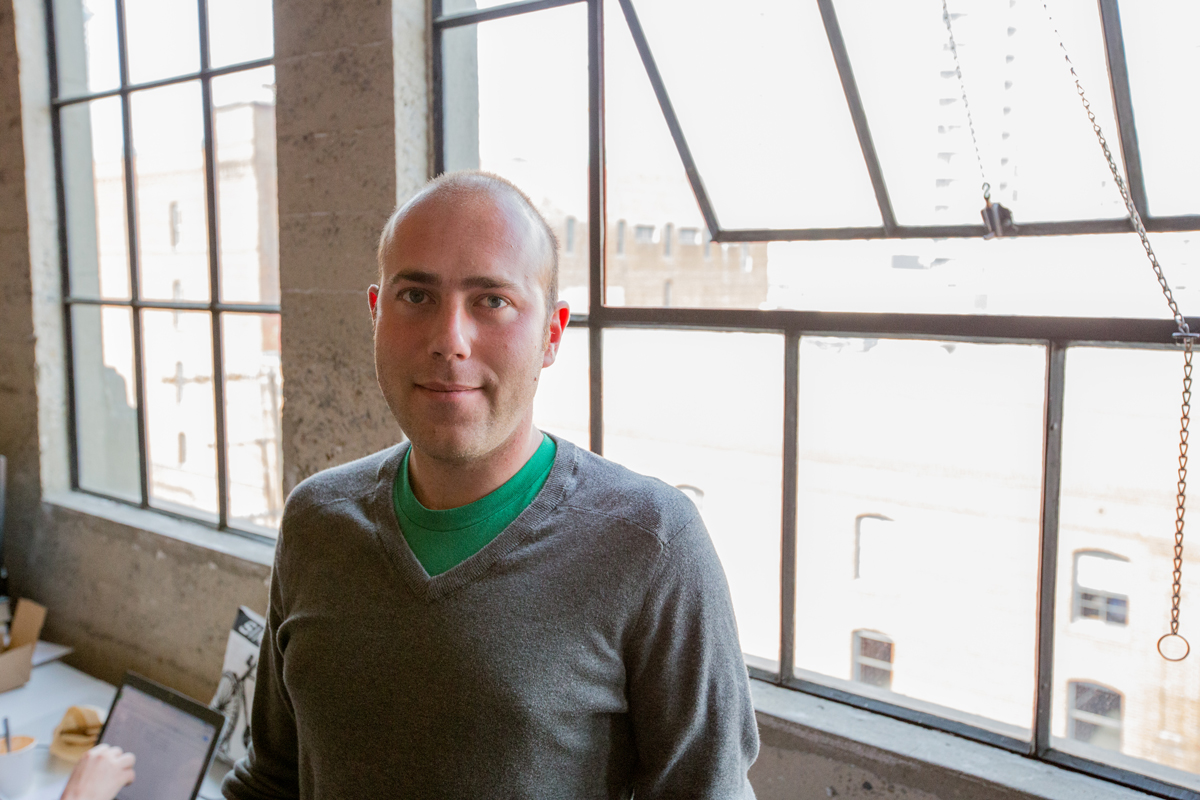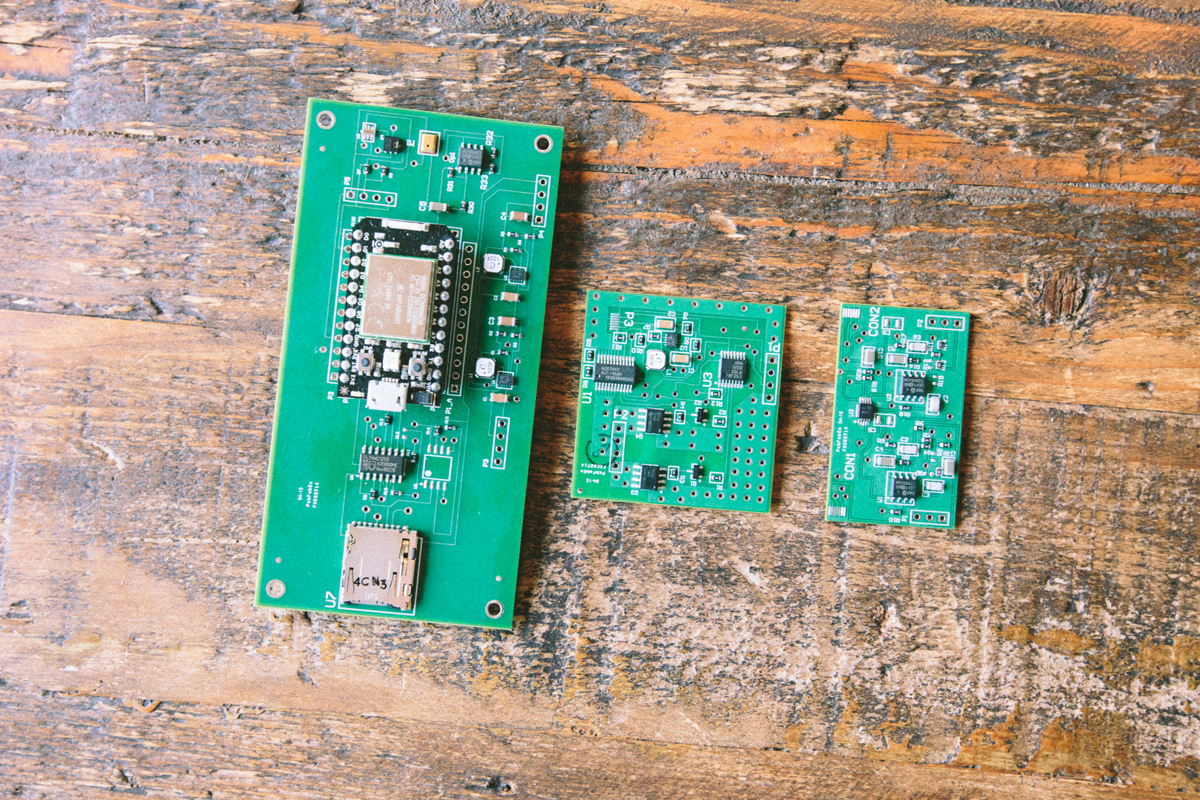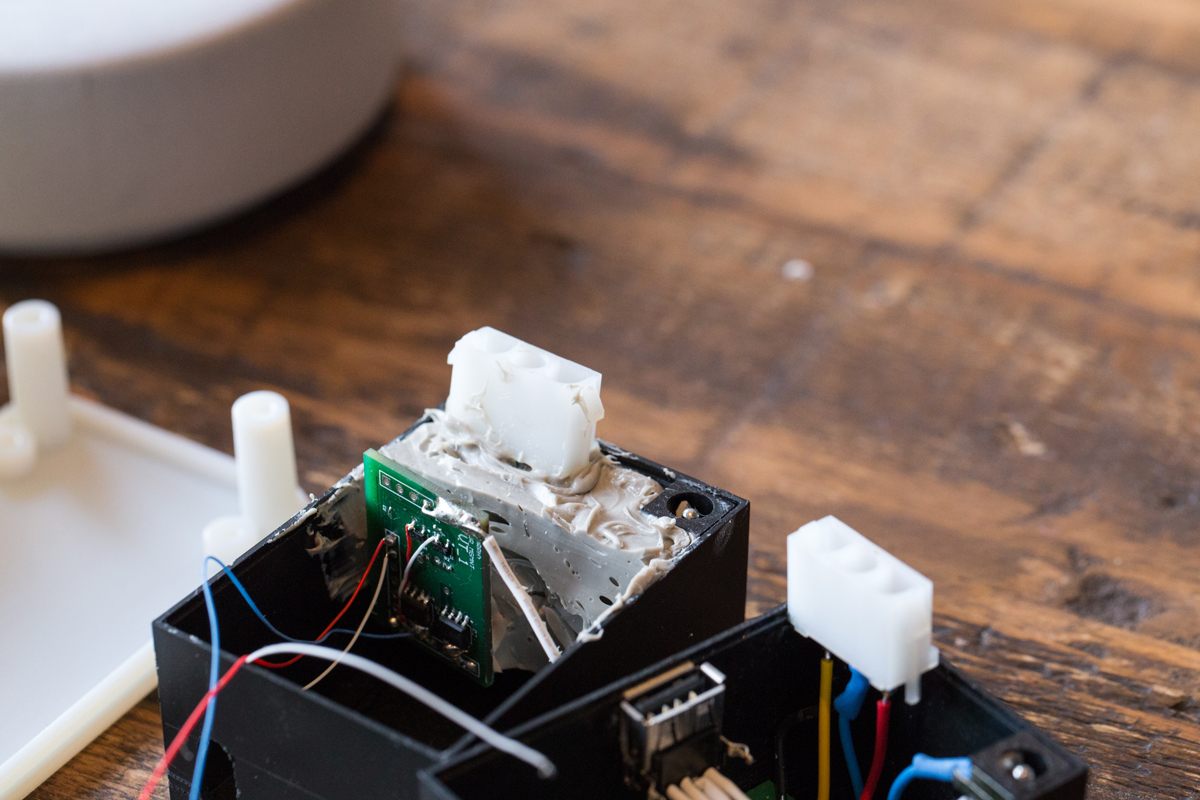Time to read: 6 min
If you’re developing your first product, the process to take a prototype and transform it into a commercially viable product may seem overwhelming. Should you find a contract manufacturer or use several independent manufacturers? Should you work with local vendors or consider overseas? How finished should your prototype be before you start talking to a manufacturer? The questions and possible scenarios seem endless.
We find that experience is the best teacher, and barring one’s own experience, it’s best to learn from the experience of others. So we asked Massimo Andreasi Bassi, CTO of Luna, a startup that makes smart mattress covers, to share with us his experience developing his first (and very successfully crowdfunded) hardware product to learn how he navigated the turbulent waters that are the manufacturing process.
Seek the Help You Need
If you’re working on your first product, you probably aren’t too familiar with the process of taking a prototype and turning it into a manufacturable product. At the beginning of Massimo’s product development process, he knew he had an abundance of knowledge in software development but not as much in hardware, so he built his team accordingly.

“I’m a software guy and hardware was completely new to me in the beginning,” Massimo shares. “I had to hire the right people in the beginning so there would be a balance of skill and knowledge on our team to take our product to success.”
Once Massimo found the core team he needed, he also sought external help from DFM (design for manufacturing) experts who had specific experience around the requirements of design manufacturability. “For the electronics and enclosures, we’ve been contracting with several engineers who have a lot of experience going into production,” Massimo says. “They helped to fill in the experiential gap when it came time to think about specific DFM considerations and requirements.”
As a best practice, don’t be afraid to admit what you don’t know yet and seek the help and advice you need through complementary team members as well as outsourced help to take your idea and turn it into a reality.
Every company will need a different balance of in-house vs outsourced expertise so consider what’s best for your company’s unique needs.

A good place to start here is to consider three questions:
What is your core competency and in which areas do seek to become an expert? What are areas you are familar with but not an expert in and how will you outsource those needs and/or skills? What are the major bottlenecks and obstacles that might prevent you from creating a successful product?
By answering these questions you can begin to uncover the team you need to position yourself for success.
Design for Assembly, Not Just for Manufacturability
The process to make all of your components work together may not be as simple as you expect. For example, with Luna’s mattress cover Massimo ended up working with three different manufacturers since there wasn’t just one who could manage all the necessary parts of the product assembly.
“The biggest dilemma was trying to figure out how the fabrics vendor, the soft goods vendor, and the electronics vendor could all work together,” Massimo recalls. “The electronics manufacturer has a very dirty process to seal enclosures and make them water resistant, so there’s no way you can bring the pristinely white soft goods in there. So the electronics have to be shipped to the soft goods company. However, the soft goods company doesn’t know how to work with electronics! They do however know how to crimp connectors. So what they have to do is crimp the connectors, slide the electronics inside the fabrics and then stitch it in.”
The main takeaway here is that the process is never as simple as designing some schematics or 3D models and sending them to a factory for production and assembly. Massimo is frank that he is still working to perfect the cooperation and communication between three different vendors and that it is indeed a very complicated process.
So consider early on how your product’s individual components will be manufactured, where they will be manufactured, and then how they will be assembled. And make sure to leave room in your production schedule to allow for delays and time to work out the kinks so the final product meets your expectations.
Consider Manufacturing Closer to Home
It cannot be denied that cost optimization is important and when it comes to low manufacturing costs, China is the leader.
But what are perhaps some other optimization factors to consider? What about time to market, efficient communication, and scale?
In Massimo’s case, he chose to consider and find value in optimization factors other than pure manufacturing cost.

To optimize for time he saw the value in working with vendors closer to home where communication is easier, which minimizes the risk of human error. Massimo also chose to optimize for quality as the best fabrics vendor for what the company specifically needed was in South Carolina. Then through a connection, Massimo was able to find a trusted soft goods manufacturer in North Mexico. With these two manufacturers in place, Massimo was able to easily find one of a number of electronics manufacturers in California which, again, greatly optimized for time and ease of communication.
“Obviously cost is important,” Massimo adds, “but we decided to start as close to home as possible because we are a small team and the production process is faster when you work with someone that’s closer. Moreover, the risks are greatly minimized with smaller scale production in the beginning rather than trying to scale a very large production with longer lead times and a high margin for error.”
Massimo notes that the Luna team is not excluding the idea of manufacturing in China. Rather, they see the benefits of manufacturing closer to home because of time efficiency and reduced risk and are focused on optimization dependant on demand and resources.
So when deciding whether to choose a manufacturer overseas or in the CN consider the following variables:
- Scale – how many units will you ship?
- Cost – how does the cheaper cost to manufacture overseas compare with the cost of hotels, flights, and time?
- Communication – what is the value of more efficient and streamlined communication in the CN vs China where the language and customs may be unfamiliar and thus the risk of miscommunication greater?
- Material needs – where can you find the best quality materials for your product?
- Time to market – how quickly do you want to take your product to market? (domestic manufacturing is faster than overseas)
Consult Your Manufacturer Early On
Perhaps the greatest lesson Massimo has learned throughout the production process thus far is the importance of consulting manufacturers early on.
“When we showed our finished soft goods prototype to the manufacturer they started to change the product in what seemed like every possible way,” Massimo recalls. “For example, we had a number of pockets inside the product to house the sensors and originally we were designing to make as few stitches as possible. So we made a long pocket where the manufacturer could just snip the fabric and then make one stitch on one side. This design was changed entirely because we learned it’s much easier for them to stitch more and cut less.”

This desired change was a preference very specific to that manufacturer, and there were many other changes like this one. All manufacturers are going to have specific preferences based on the type of equipment they have, the facility they work in, and their specific processes.
For this first product Massimo says they had a very finished prototype before they spoke at all with a manufacturer. Going forward, however, Massimo stresses that it will be better to work more with the manufacturer and wait less time before starting a dialogue. “We started talking with our manufacturers very late in the process — almost a year into the company,” Massimo admits. “It would have saved us a lot of time spent figuring things out on our own if we had consulted more and earlier with a manufacturer.”
To discover your unique path to take a prototype and turn it into a manufacturable product is a complex and iterative process. But If you treat the process as exploratory, seek the help and advice you need, and leave time in the development schedule for delays and design changes, you’ll position yourself for success.

